Understanding Wine Labels: A Beginner’s Guide
Overview
Wine labels can be intimidating for beginners, with their complex terminology and unfamiliar symbols. However, understanding wine labels is essential for anyone who wants to appreciate and enjoy wine. In this beginner's guide, we'll demystify the world of wine labels and teach you how to read and interpret them like a pro.
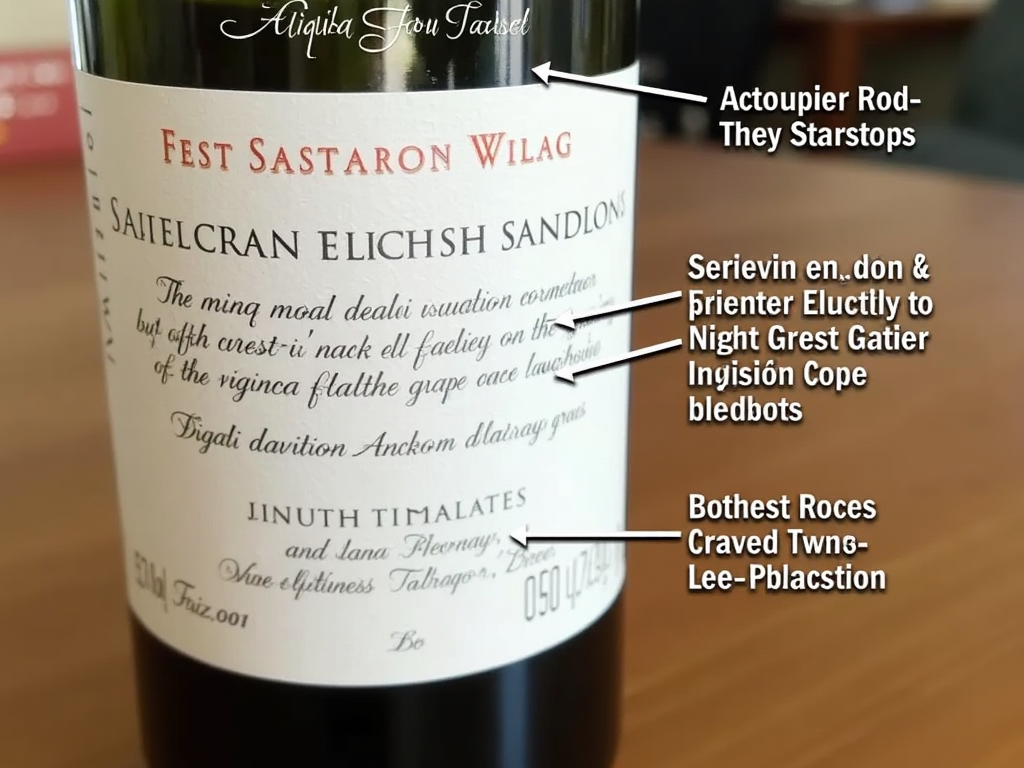
What is a Wine Label?
A wine label is the primary source of information about a wine. It provides details about the wine's origin, grape variety, vintage, and other important characteristics. By learning to read and understand wine labels, you can make informed decisions about which wines to buy and enjoy.
The Producer's Name and Location
The producer's name is usually the most prominent feature on a wine label. It tells you who made the wine and where they are located. For example, a label might say "Château Lafite Rothschild, Pauillac, France." This indicates that the wine was produced by Château Lafite Rothschild in the Pauillac region of France.
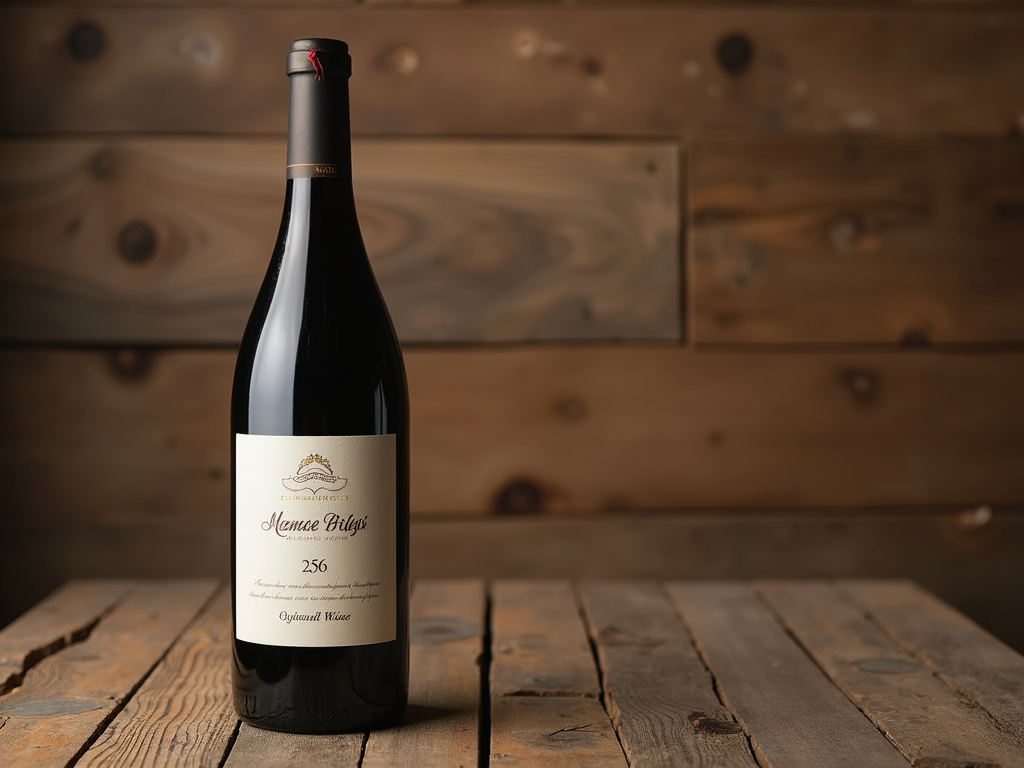
The Region and Appellation
The region and appellation provide more specific information about where the grapes were grown. In the example above, Pauillac is a sub-region within the Bordeaux wine region of France. Appellations can be as broad as a country or as specific as a single vineyard. Understanding the region can give you clues about the wine's style and quality.
The Vintage
The vintage refers to the year in which the grapes were harvested. It can give you an idea of the wine's age and potential quality. For example, a 2015 vintage wine was made from grapes harvested in 2015. Keep in mind that weather conditions can vary from year to year, affecting the quality of the wine.
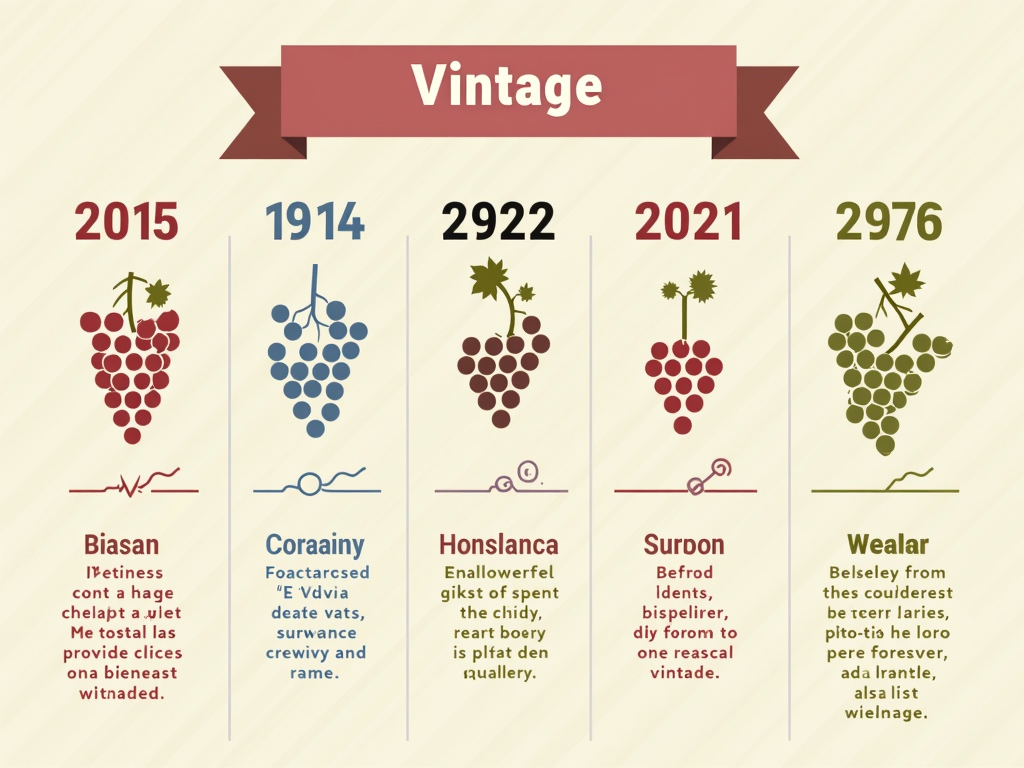
The Grape Variety or Blend
Many wine labels will indicate the grape variety or varieties used to make the wine. For example, a label might say "Cabernet Sauvignon" or "Chardonnay." Some wines are blends of multiple grape varieties, and the label may list the percentages of each. Knowing the grape variety can help you predict the wine's flavor profile.
Other Important Details
Wine labels may also include other information, such as:
- Alcohol content: This is usually expressed as a percentage by volume (e.g., 13.5%).
- Volume: This indicates the size of the bottle, typically in milliliters (e.g., 750ml).
- Certifications or awards: Some labels may feature certifications like "organic" or "biodynamic," or awards like "gold medal winner."
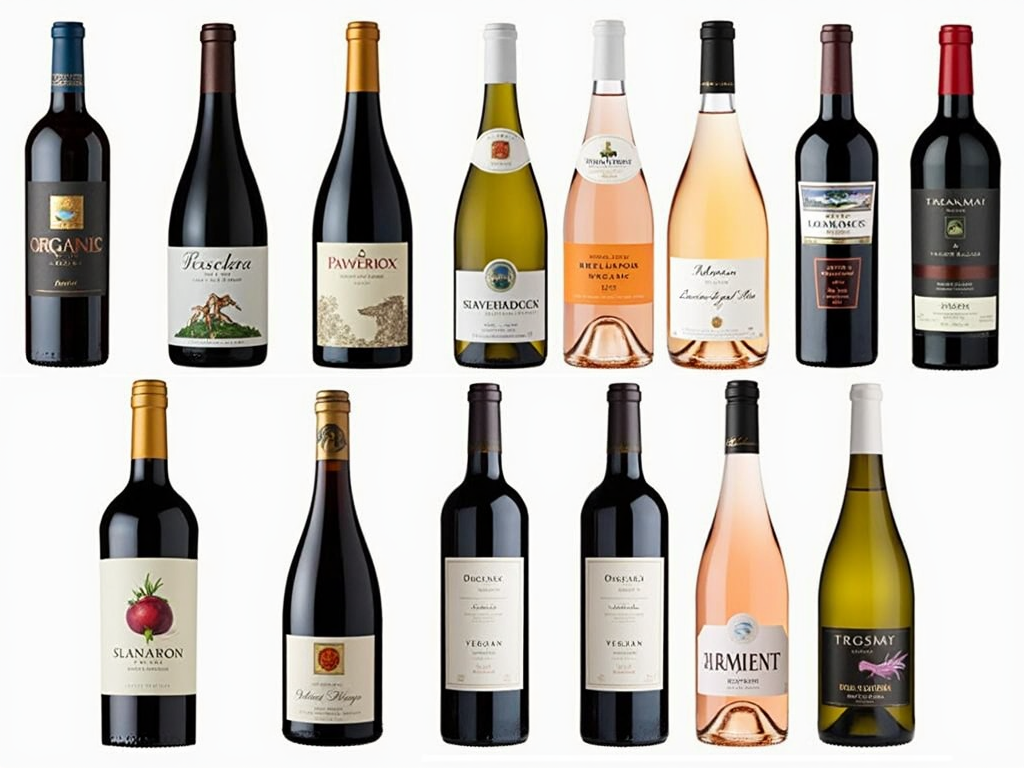
Tips for Beginners
- Look for wines with simple, straightforward labels. These are often easier to understand and can be a good starting point for beginners.
- Don't be afraid to ask for help. Wine shop staff or sommeliers can provide valuable guidance and recommendations.
- Experiment with different wines and take notes on what you like and dislike. This can help you develop your palate and preferences.
Wine Tasting in Sonoma County
Sonoma County is a world-renowned wine region in California, known for its diverse range of wines and beautiful vineyards. If you're a first-timer, here are some of the best Sonoma wineries to visit:
- Jackson Family Wines: With multiple vineyard locations across Sonoma County, Jackson Family Wines offers a range of tasting experiences for beginners and experts alike. Their vineyards are located in prime areas such as Alexander Valley and Russian River Valley.
- [Other wineries]: [Brief descriptions]
For a comprehensive guide to wine tasting in Sonoma County, check out our article on "Top Wine Tasting Experiences Across Sonoma County."

Personal Insights
As a beginner, I remember feeling overwhelmed by the sheer number of wine labels and options available. However, once I learned to read and understand the labels, I was able to make more informed choices and discover wines that I truly enjoyed.
One of my favorite experiences was visiting a small winery in Sonoma County and tasting a wine that was made from grapes grown on the property. The label featured a beautiful illustration of the vineyard, and the wine itself was delicious. It was a reminder that wine labels can tell a story and connect you to the place where the wine was made.
Common Mistakes and How to Avoid Them
Beginners often make mistakes when reading wine labels, such as:
- Assuming that a higher price means better quality: While price can be an indicator of quality, it's not always the case. Look for wines that offer good value for their price.
- Ignoring the vintage: The vintage can significantly impact the wine's flavor and quality. Research the vintage before purchasing.
- Not checking the alcohol content: Higher alcohol content can indicate a fuller-bodied wine, while lower alcohol content may suggest a lighter style.
To avoid these mistakes, take your time to read the label carefully and do some research if needed.
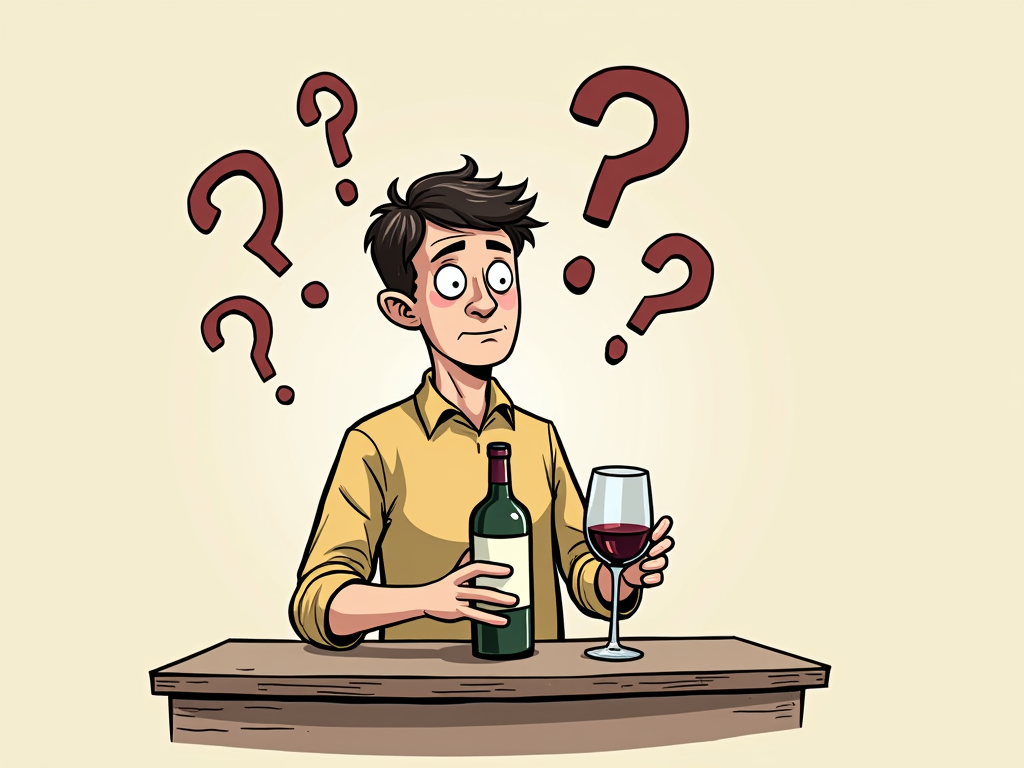
Using Technology to Understand Wine Labels
In today's digital age, there are several apps and websites that can help you decode wine labels. For example, you can use apps like Vivino or Delectable to scan a wine label and get instant information about the wine, including reviews and ratings.
These tools can be especially helpful for beginners who are still learning to interpret wine labels.
Decoding Wine Label Terminology
Wine labels often include terms that can be confusing for beginners. Here's a quick guide to some common terms:
- Reserve: This term is not regulated and can mean different things depending on the producer. It often indicates a higher-quality wine that has been aged longer.
- Estate: This means that the wine was made from grapes grown on the producer's own vineyards, rather than purchased from other growers.
- Grand Cru: In France, this term is used to denote the highest classification of vineyards, particularly in Burgundy and Champagne.
Understanding these terms can help you make better choices when selecting a wine.
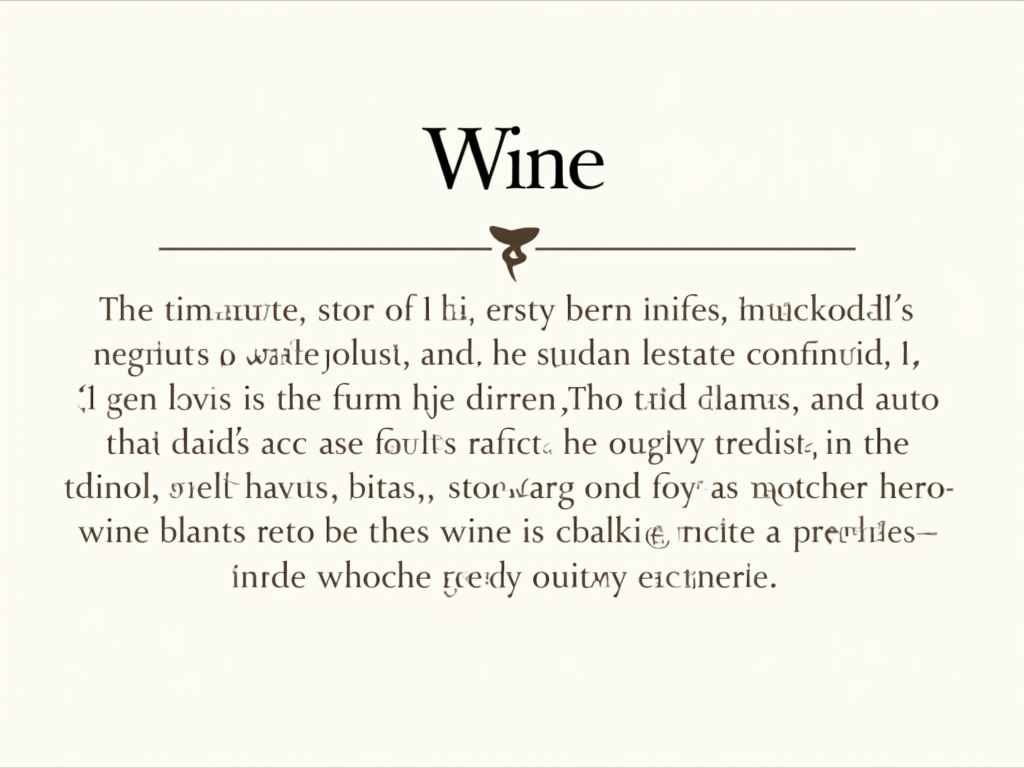
Summary
Understanding wine labels is an essential skill for any wine enthusiast. By learning to read and interpret the information on a wine label, you can make informed decisions about which wines to buy and enjoy. Remember to look for the producer's name and location, the region and appellation, the vintage, the grape variety or blend, and any other important details.
For more information on wine tasting and Sonoma County wineries, check out our recommended readings.